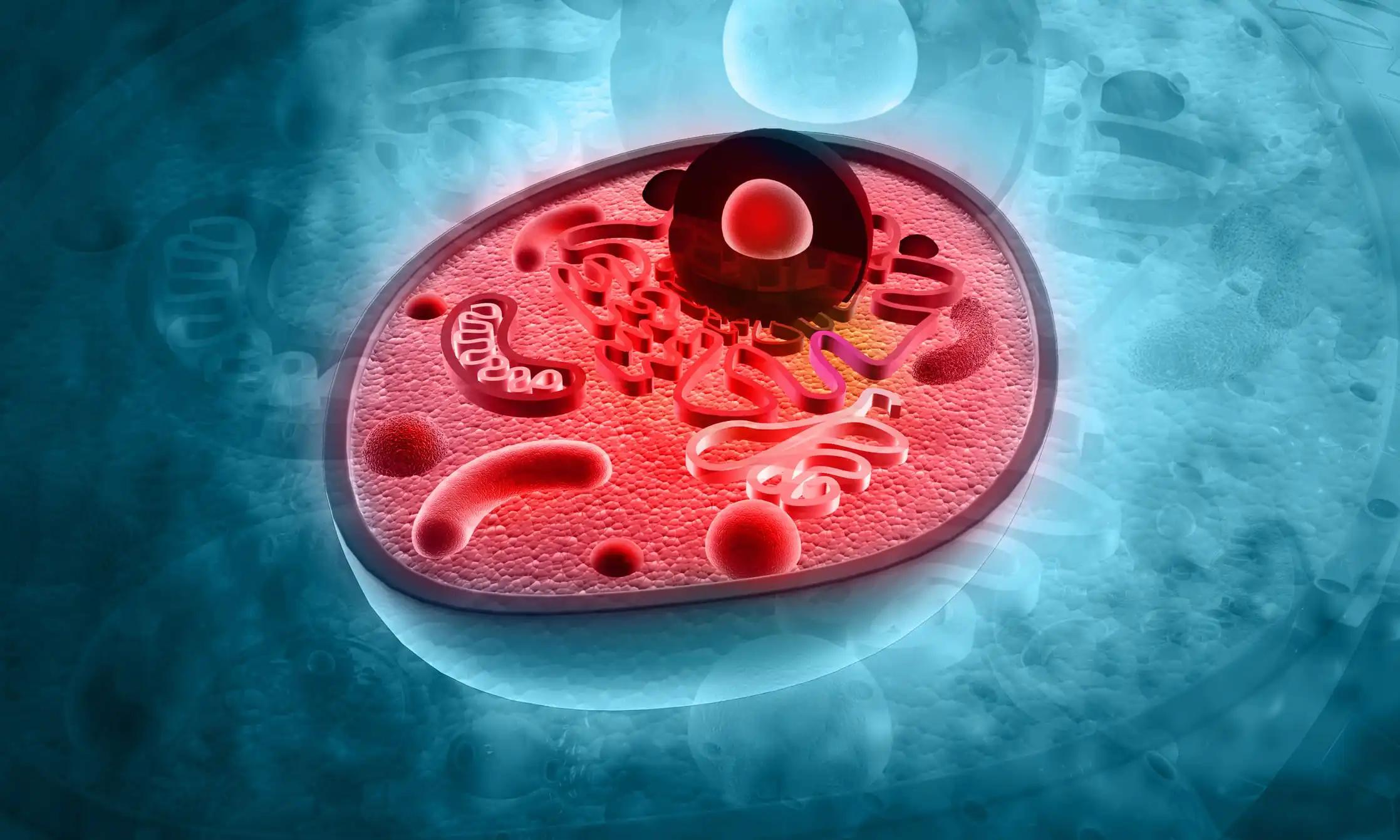KEY TAKEAWAYS
- The study aimed to investigate baseline and post-neoadjuvant HER3 expression in BC subtypes.
- HER3 expression varies across BC subtypes, facilitating an early post-therapy assessment and personalized treatment options.
HER3 is a member of the EGFR receptor family which plays a pivotal role in driving oncogenic cell proliferation in breast cancer (BC). Promising results have been demonstrated by novel HER3-targeted therapeutics. Recently developed HER3 PET imaging approaches are aiding in early prediction and assessment as well as treatment response. However, Baseline HER3 expression and changes in expression during neoadjuvant therapy have not been well-characterized.
Nicoleta Sinevici and the team conducted a prospective clinical study involving patients with newly diagnosed BC, assessing HER3 expression both before and after neoadjuvant/systemic therapy, to identify potential resistance mechanisms associated with the HER3 receptor.
Researchers conducted a study including 34 patients (between May 25, 2018, and October 12, 2019) with newly diagnosed BC of any subtype (ER ± , PR ± , HER2 ±) were enrolled in the study. From each patient about 2 core biopsy specimens were obtained and 4 patients underwent a 2 research biopsy following initiation of neoadjuvant/systemic therapy or systemic therapy which we define as neoadjuvant therapy.
Molecular characterization of HER3 and downstream signaling nodes of the PI3K/AKT and MAPK pathways pre- and post-initiation of therapy was performed. Transcriptional validation of findings was performed in an external dataset (GSE122630).
About the variable baseline HER3 expression found in newly diagnosed BC, it was correlated positively with pAKT across subtypes (r = 0.45). In patients receiving neoadjuvant/systemic therapy, changes in HER3 expression were variable. In a hormone receptor-positive patient (ER +/PR +/HER2-), there was a statistically significant increase in HER3 expression post neoadjuvant therapy, while there was no significant change in HER3 expression in a patient with ER +/PR +/HER2+.
However, both of these patients showed increased downstream signaling in the PI3K/AKT pathway. With 1 subject ER +/PR -/HER2- BC and another subject with ER +/PR +/HER2 + BC showed decreased HER3 expression. Transcriptomic findings revealed an immune suppressive environment in patients with decreased HER3 expression post therapy.
This study concluded by demonstrating variable HER3 expression across BC subtypes, which can be assessed early post-neoadjuvant therapy to provide valuable insights into cancer biology and can serve as a potential prognostic biomarker. HER3 PET imaging offered real-time information on tumor biology, aiding tailored treatment for patients with BC.
The study “Quantitative HER3 PET Imaging for Assessing Resistance and Guiding Therapy” received funding from the National Institute of Health (NIH).
Source: https://pubmed.ncbi.nlm.nih.gov/38951909/
Sinevici N, Edmonds CE, Dontchos BN, et al. (2024). “A prospective study of HER3 expression pre and post neoadjuvant therapy of different breast cancer subtypes: implications for HER3 imaging therapy guidance.” Breast Cancer Res. 2024 Jun 29;26(1):107. doi: 10.1186/s13058-024-01859-w. PMID: 38951909; PMCID: PMC11218108.



